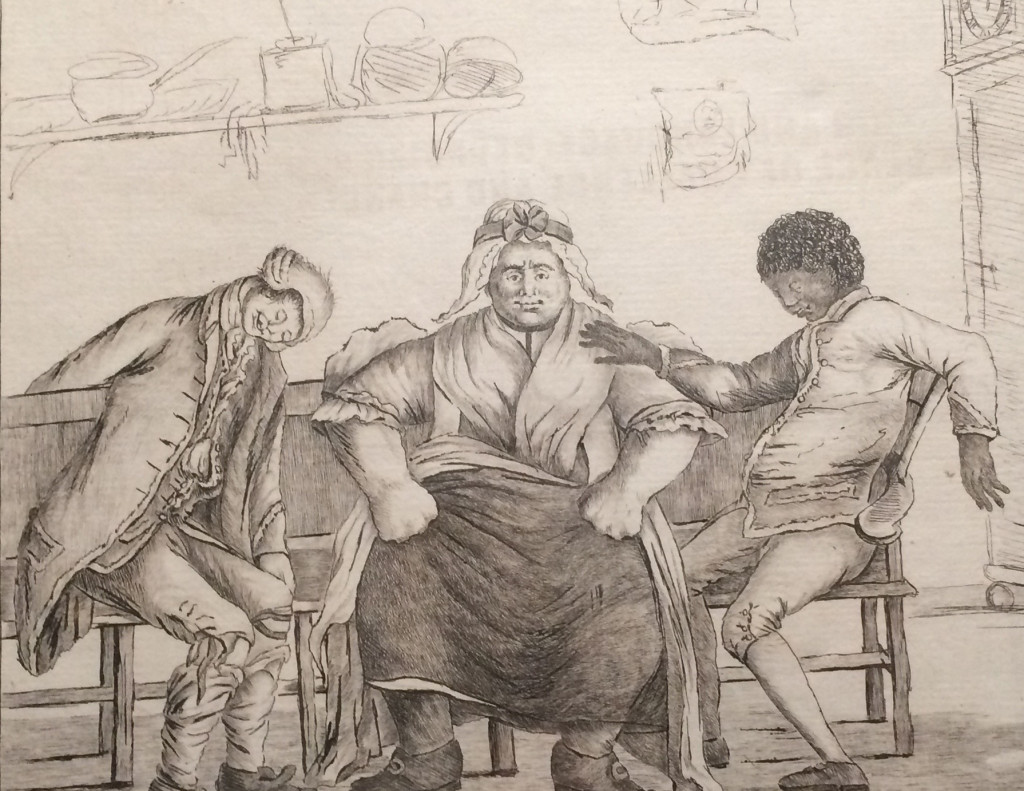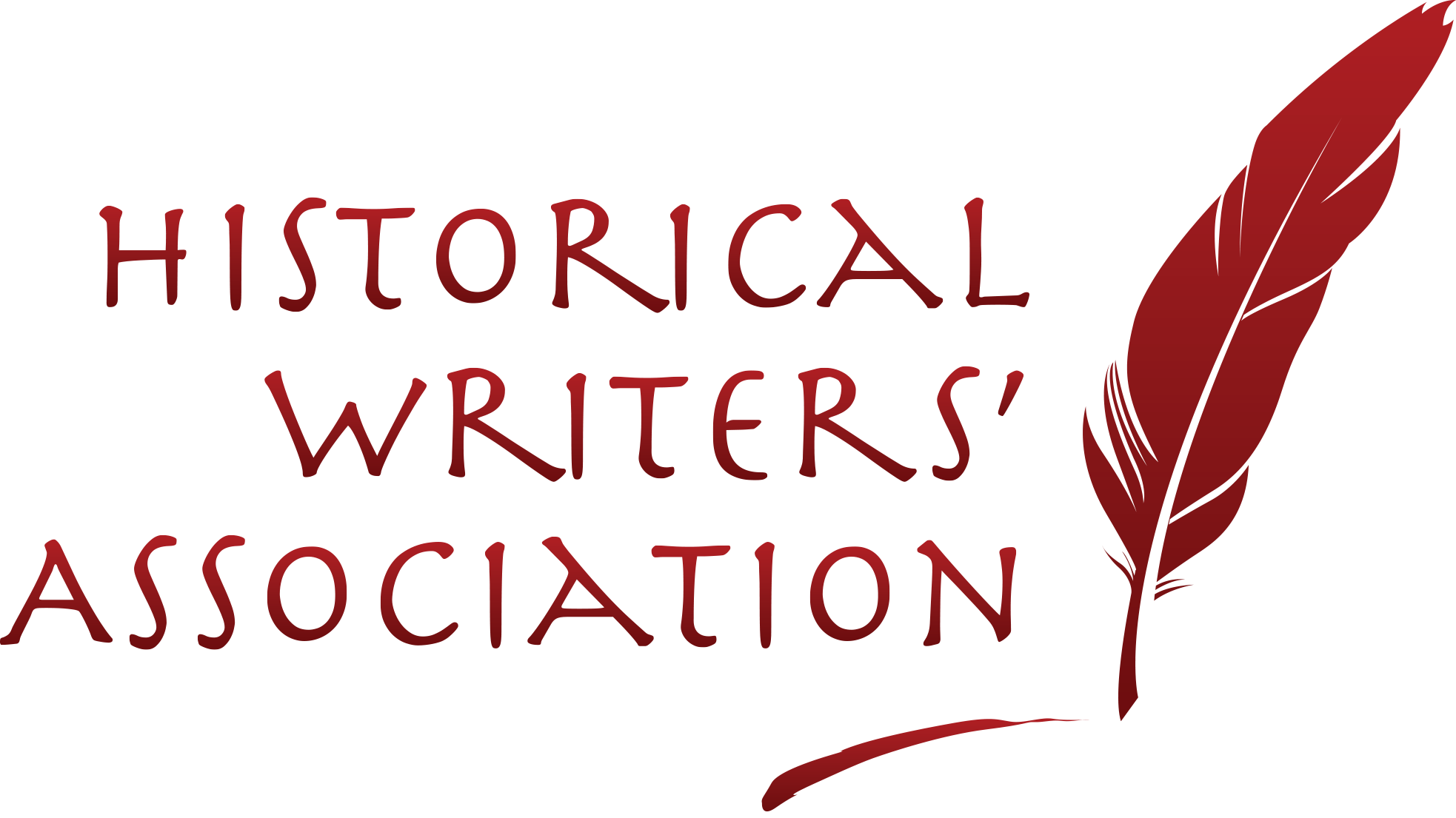For centuries, Britain has been home to people of African origin, but it was not until the Georgian period, with its expanded trade routes, the growth of the West Indian slave industry and protracted European wars, that a distinct and sizeable community of black people became established. Black people, both enslaved and free, worked in a variety of roles. They tended to be poor and most were domestic servants, seamen or soldiers; some had been slaves who had been granted freedom once they reached England (the legal status of slaves in England was ambiguous); a few were British-born; fewer still, those with access to private incomes, came for education, business or leisure.

The Village Festival by David Wilkie (1830). A black man sits on the table in the bottom left hand corner.
Black Georgians: The Shock of the Familiar, a small but interesting exhibition, is showing at the Black Cultural Archives in Brixton, south London until 9 April 2016.
There are panels on well-known figures such as the actor and composer Ignatius Sancho, the anti-slavery campaigner Olaudah Equiano and boxers such as Bill Richmond and Tom ‘The Moor’ Molineaux, as well as representations of black people in popular culture. Black women are not particularly well represented but that is probably because, like their white counterparts, they were not documented on the same scale as the men.

In James Townley’s play High Life Below Stairs, here shown in an engraving by High James Bretherton after Thomas Orde (1774), the black servant Kingston was caricatured as lazy and nicknamed Sambo and Blackee
Black Cultural Archives
1 Windrush Square
SW2 1EF
Black Georgians: The Shock of the Familiar
Free admission.
Opening times: Tues-Sat, 10am–6pm

Leave a Reply